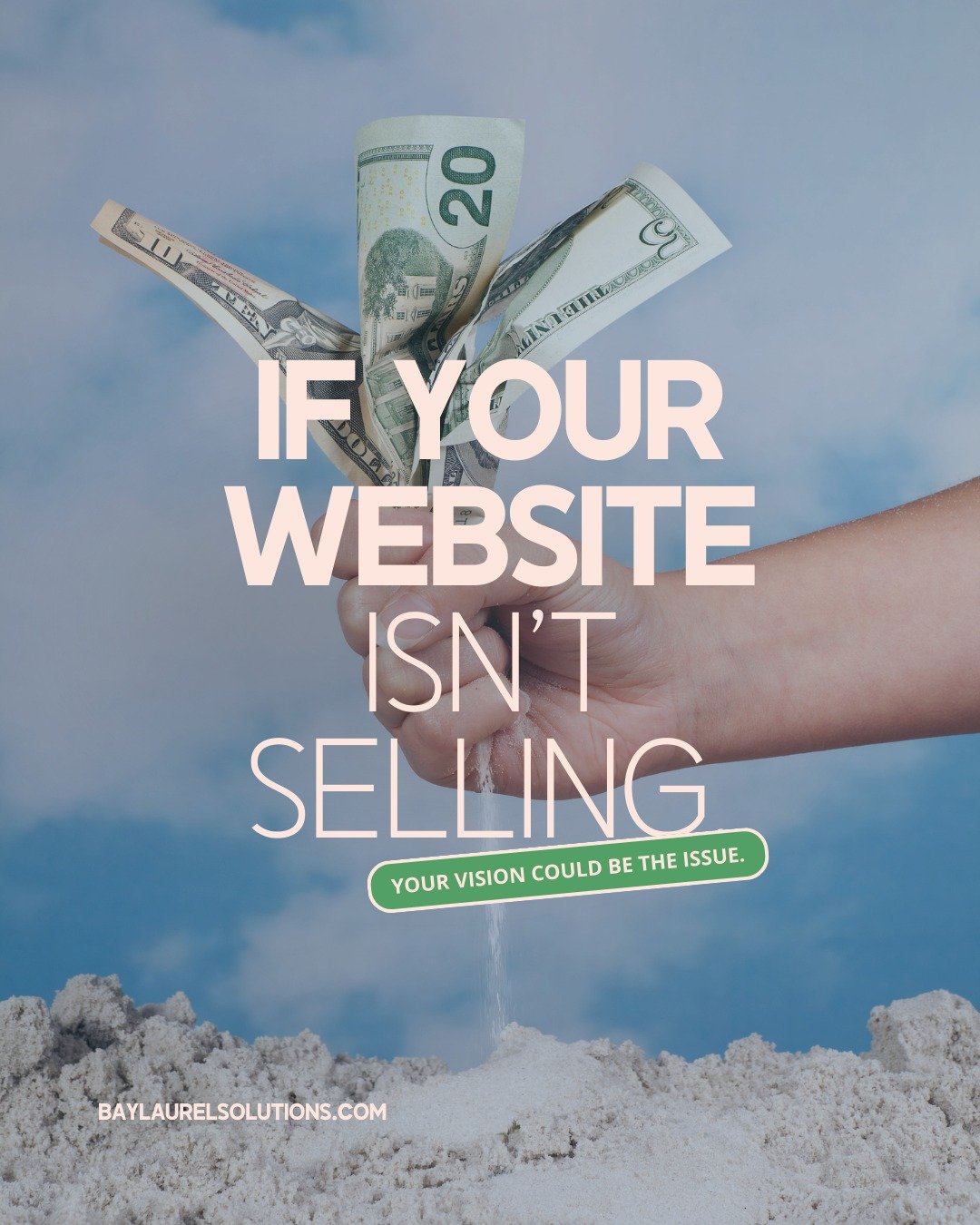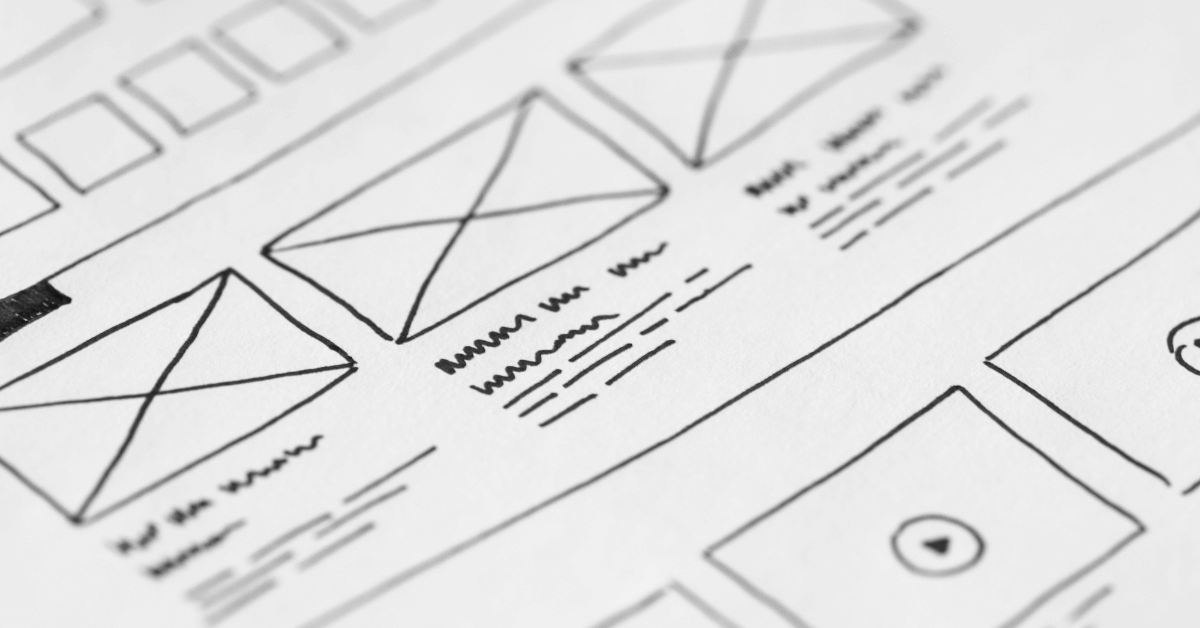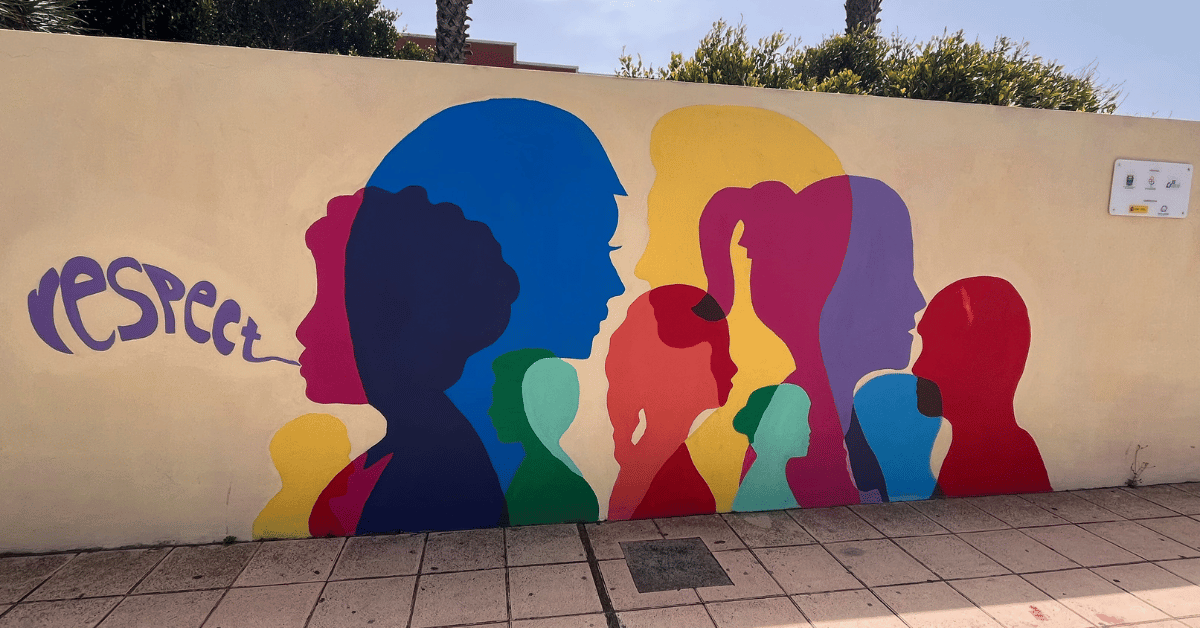Read time: 8 minutes
Web design has evolved far beyond aesthetic appeal to a powerful strategy that shapes how businesses connect with their customers. For small businesses and freelancers, understanding human-centered web design has become essential. It’s no longer just about looking good—it’s about creating meaningful interactions that foster growth, trust, and long-term success in an increasingly competitive online world.
The Evolution of Web Design
Remember the days of flashy intros and complex animations? While visually impressive, these design elements often created barriers between businesses and their customers. Today’s successful web design starts with a fundamental question: “What does my user need?”
At Bay Laurel Solutions, this question drives every design decision. Simplifying navigation and prioritizing clear calls-to-action can lead to a 40% increase in inquiry submissions. The key isn’t in adding more features—it is understanding how customers actually use your website.
The Cost of Poor User Experience
For small businesses, the impact of poor web design goes beyond lost sales.
Consider these insights:
A frustrated user who leaves your site isn’t just a lost opportunity—they’re likely to share their negative experience with others. Research shows that 88% of online consumers are less likely to return to a website after a poor user experience, and 57% won’t recommend a business with a poorly designed mobile site (HubSpot, Google).
The Designer’s Challenge of Balancing Art and Function
Creating beautiful websites that actually work for users requires a delicate balance, particularly for visual professionals like photographers, artists, and designers. The challenge lies in showcasing creative work while ensuring the site remains functional and user-friendly.
Key principles for balancing aesthetics and usability include:
- Structuring navigation around common user tasks (booking, pricing, portfolio viewing)
- Using white space and typography to create visual hierarchy
- Implementing progressive loading for image-heavy pages
- Checking that contrast ratios meet accessibility standards
- Maintaining consistent interaction patterns throughout the site
For portfolio sites specifically, this means creating clear paths to important information like services and contact details, while preserving the visual impact that demonstrates expertise. Performance optimization becomes especially key when dealing with high-resolution images and complex layouts.

The Power of Personalization
Human-centered design goes beyond usability—it’s about creating connections. Modern web design tools allow for sophisticated personalization that can transform user experience.
Smart content adaptation based on user behavior has shown to increase engagement by up to 200%. For small businesses, starting small with personalization can make a significant impact. Personalization strategies include:
- Location-based service recommendations
- Returning visitor recognition
- Industry-specific content paths
- Mobile-first design elements that adapt to user devices
Research shows that businesses using personalized content strategies see a big boost in engagement compared to generic approaches (Global Banking & Finance Review). Not only does personalization improve user experience, it also helps build long-term relationships with your audience, driving growth and success.
Practical Steps for Small Businesses
Implementing human-centered design doesn’t require a complete overhaul. Start with these foundational elements:
- Conduct User Research
Understanding your actual users is so important. Use tools like heat mapping and user surveys to gather insights about how people interact with your site.
- Prioritize Mobile Experience
With mobile traffic accounting for over 60% of web visits, your site needs to work flawlessly on smartphones. This means testing your site across different devices and optimizing for touch interfaces.
- Focus on Loading Speed
Users expect pages to load in under a few seconds. Optimize images, leverage browser caching, and minimize code to improve loading times. Every second delay in page response can result in a 7% reduction in conversions (Google & Akamai Study on Page Load Time).
- Use Clear Navigation
Your site’s navigation should feel intuitive to first-time visitors. Add clear labels, logical grouping, and consistent placement of menu items. Consider implementing breadcrumbs for complex sites.
The Future of Web Design
As we move forward, several trends are shaping the future of human-centered web design:
- Voice User Interface (VUI) integration
- AI-powered personalization
- Augmented Reality (AR) elements
- Enhanced accessibility features
However, the fundamental principle remains unchanged: successful web design must serve human needs first.
Conclusion
Human-centered web design is much more than making websites look good—it’s about creating spaces online that work for real people. For small businesses and freelancers, this approach offers a clear path to better engagement, higher conversion rates, and stronger customer relationships.
By focusing on user needs, small businesses can create web experiences that not only look professional but actually help achieve their business goals. In 2025 and beyond, the most successful websites will be those that put human needs at the center of every design decision.
Bay Laurel Solutions specializes in personalized support using approachable strategies that engage and inspire action. Book a free 20-minute discovery call to explore how we can help your business thrive online. Contact us here with any questions.














